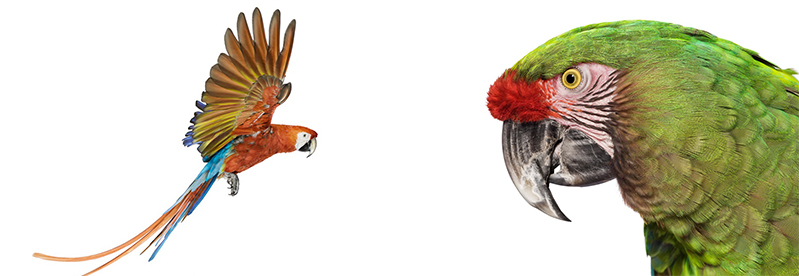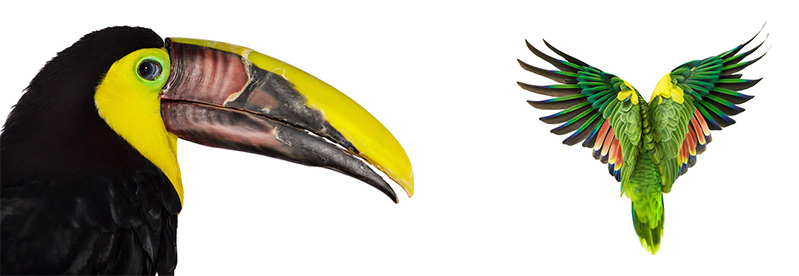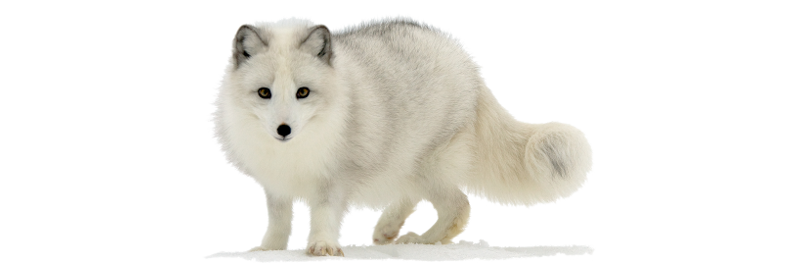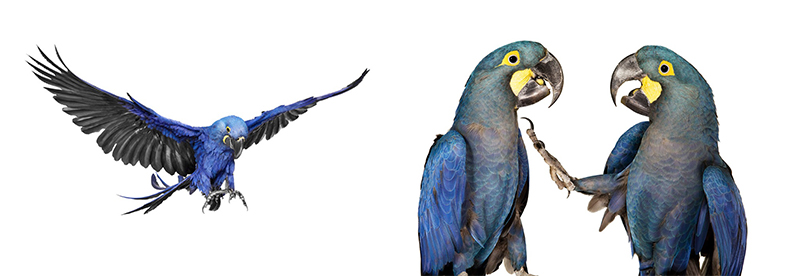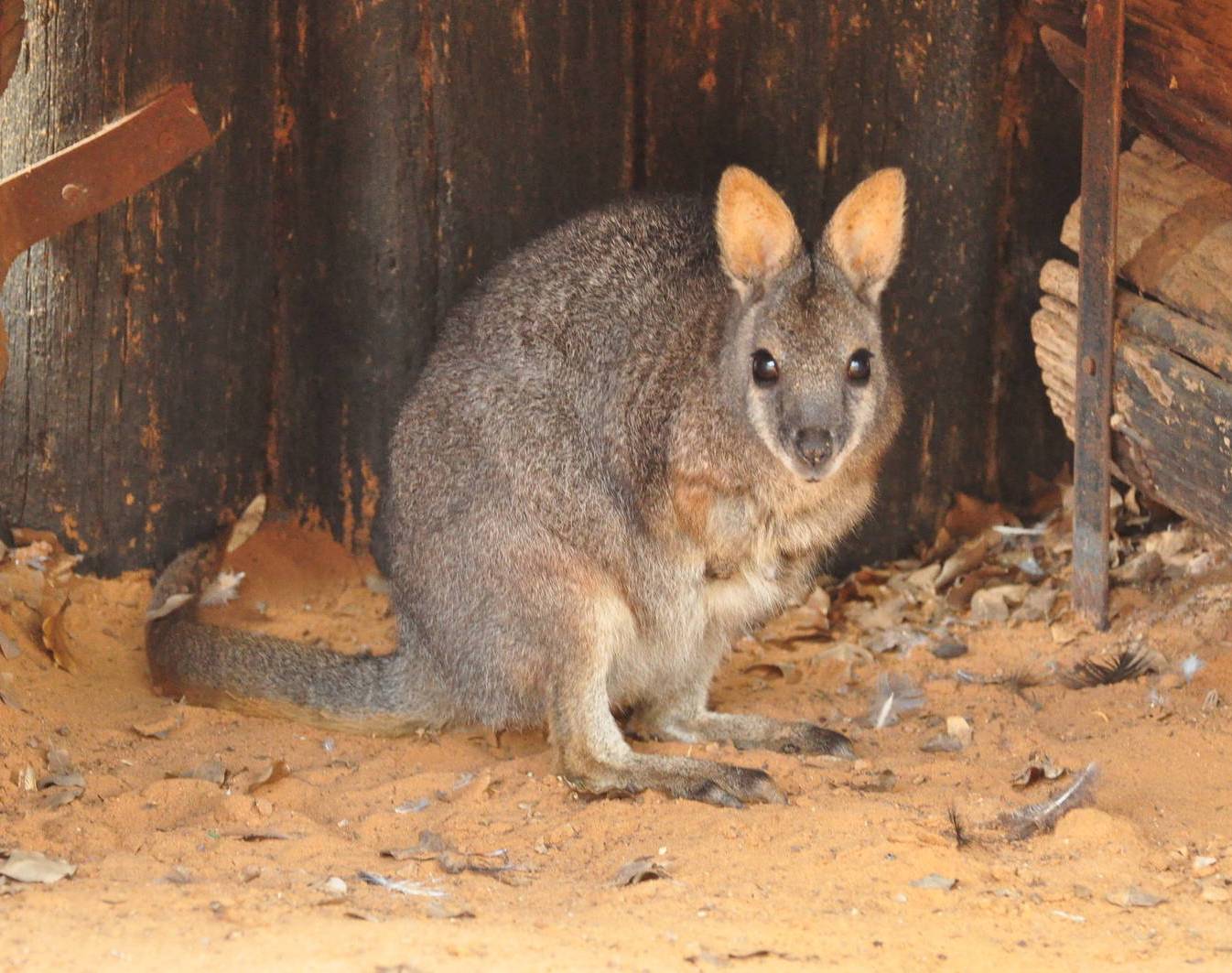
Tammar wallaby, or Dama wallaby, or Darmawallaby(Macropus eugenii)
Phylum —chordata
Class — mammalia
Order — diprotodontia
Family — macropodidae
Genus – macropus
Appearance
One of the smallest wallaby species in the genus Macropus, the Tammar wallaby features a small head and large ears with a long tail, thick at the base. It has dark grey-brown upperparts with paler grey highlights, rufous on the sides of the body and limbs, particularly in males, and pale grey-buff underparts.
The Tammar wallaby exhibits significant sexual dimorphism, with the maximum recorded weight in males being 9.1 kg (20 lb) and maximum recorded weight in females is 6.9 kg (15 lb). The body length is 59 to 68 cm (23–27 in) in males and 52 to 63 cm (20–25 in) in females. Both males and females are about 45 cm (18 in) in height. The tails of males range from 34 to 45 cm (13–18 in) and those of females from 33 to 44 cm (13–17 in).
Habitat
Tammar wallabies inhabit islands off the western and south Australian coasts.
Behavior
Tammar wallabies are very social animals. They socialize, mate and feed in groups that have a hierarchical structure. These groups are called "mobs". More dominant individuals are usually males, and this dominance is determined by means of aggressive wrestling encounters, the victor being the highest ranking animal. The territory of a mob may be as large as 100 hectares and the peripheral areas may partly be shared with other mobs. Mobs consist of all ages and both genders and usually number up to 50 individuals. Tammar wallabies are nocturnal, resting during the day in low scrub, beginning to be active at dusk; they leave the scrub after dark and go back to it before dawn.
Diet
The Tammar wallaby is a herbivore and its diet consists mainly of grass.
Reproduction
Tammar wallabies are polygynous, the dominant male usually controlling access to his females by first mating with and then guarding the females from other subordinate males. These wallabies are seasonal breeders. The gestation period is for 25 to 28 days. A single joey is born in late January until March. The joey stays in the pouch after birth. At around 200 days it starts to leave the pouch to eat grass. It still suckles, in a more forceful manner but not so often. By 250 days it has left the pouch, and at 300–350 days (or 10 to 11 months) it is fully weaned. A female joey is sexually mature at 9 months old and a male at 2 years old.
Lifespan is approximately 11 years for males and 14 years for females.
Incaptivity
An aviary of 2x2 meters with a small insulated house is sufficient for a couple of animals. The house is necessary-it is a shelter from the rain, wind and cold. In winter you can hang a mirror lamp so the temperature is not too low, but you needn’t do it in mild winters, what matters is that the house must be dry - a thick layer of hay and sawdust will provide a dry and warm floor for animals` legs.
Food for kangaroos in winter is hay, vegetables (carrots, turnips, boiled potatoes), apples, crackers, grain, a certain amount of feed, and in summer - grass with periodic addition of grain and vegetables.
It is important to remember that kangaroos are shy animals. In any case, do not let the dogs, which can chase the animals,stay near them - in a panic the kangaroos can crash into the encountered obstacle. Therefore, introduce your animals to other petsgradually, do not force events.
Kangaroos can live alone, but ideally have a couple – a male and a female, or even a group of 1 male and 2-3 females.
 Russian
Russian
 English
English

